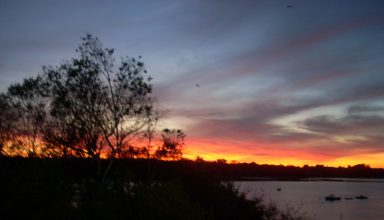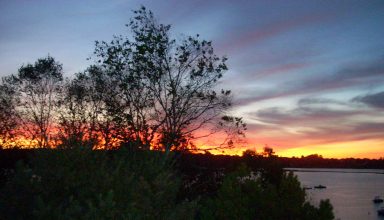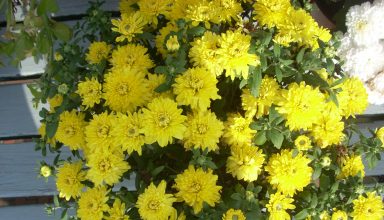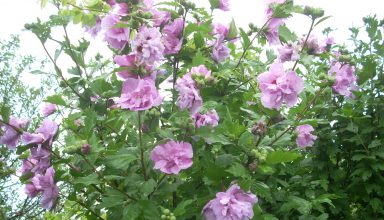The phenomenon of on-going personal changes especially applies to leadership. Behaviors and practices once considered core to our leadership shift or fall away when we no longer find them effective or desirable.
Gary Quehl
Gary Quehl is President of Quehl Associates, a national firm providing services to colleges, universities, and nonprofit organizations in the areas of executive coaching, leadership development, comprehensive strategic planning, governing board education, and fund raising. Dr. Quehl also served for sixteen-years as President and CEO of two Washington, DC-based, higher education associations: Council of Independent Colleges (the national service organization for private colleges and universities) and Council for Advancement and Support of Education (the international service organization for fund raising, public relations, marketing, and alumni officers from 3,400 colleges, universities, and independent schools in 74 countries). Gary has authored or co-authored 32 books and articles in the fields of public affairs, philanthropy, and higher education. He has served on 50 boards during a 45 year period, has led leadership seminars for non-profit and for-profit leaders and organizations, and has been senior fund raising counsel in helping universities and nonprofit organizations to raise $300 million. Quehl was co-founder of the Center for Nonprofit Leadership and has directed its Sage Leadership/Civic Engagement Project (Grass Valley and Nevada City, CA).
Posts By Gary Quehl
Senior Sage Leaders: Reflecting on the Characteristics of Other Successful Leaders
Given their long experience in leading, senior sages are readily able to identify the qualities they most and least admire in other leaders.
Emerging Sage Leaders: Reflecting On the Characteristics of Other Successful Leaders
In this essay, emerging sage leaders reflect on the qualities they most admire in other leaders. They also identify what they least admire in other leaders and what the implications are for leadership when the admired qualities are missing.
Issue Seven: Theory S in Action/Encouraging Civic Engagement and Reflections on Leadership
By Gary Quehl and William Bergquist [For the complete report on this project see The Sages Among Us: Harnessing the Power of Civic Engagement, available as a link through the Center for Nonprofit Leadership in Nevada County, California.] In the four essays provided in this seventh issue of Sage we continue the exploration (that we began in Issue Three, Four, …
Senior Leadership in Community: Interview with Tom Cross
You have been identified by friends and colleagues as one of our community’s 50 top senior sage leaders.
Emerging Leadership in Community: Interview with Julie Baker
You have been identified by friends and colleagues as one of our community’s 50 top emerging sage leaders.
Encouraging Senior Sage Leadership
Senior sage leaders observe that quick, artificial fixes won’t work. Their reality is that engaging more senior civically must involve a one-on-one approach.
Encouraging Emerging Sage Leadership
Many emerging sage leaders believe that civic engagement is not for everyone, that it makes little sense to formulate a strategy to promote it for larger numbers of community members if they aren’t already inclined to it.
Senior Sage Leaders Reflect on Their Own Leadership
The strengths that most senior sages attribute to themselves are a combination of Jim Collins’ Level 4 and Level 5 Leadership and Robert Greenleaf’s Servant Leadership.
Emerging Sage Leaders Reflect on Their Own Leadership
The emerging sages describe and explain their own leadership strengths and capabilities.



















Luis Gaviria: I need to rephrase my comment, I had not read all the article, just the last par...